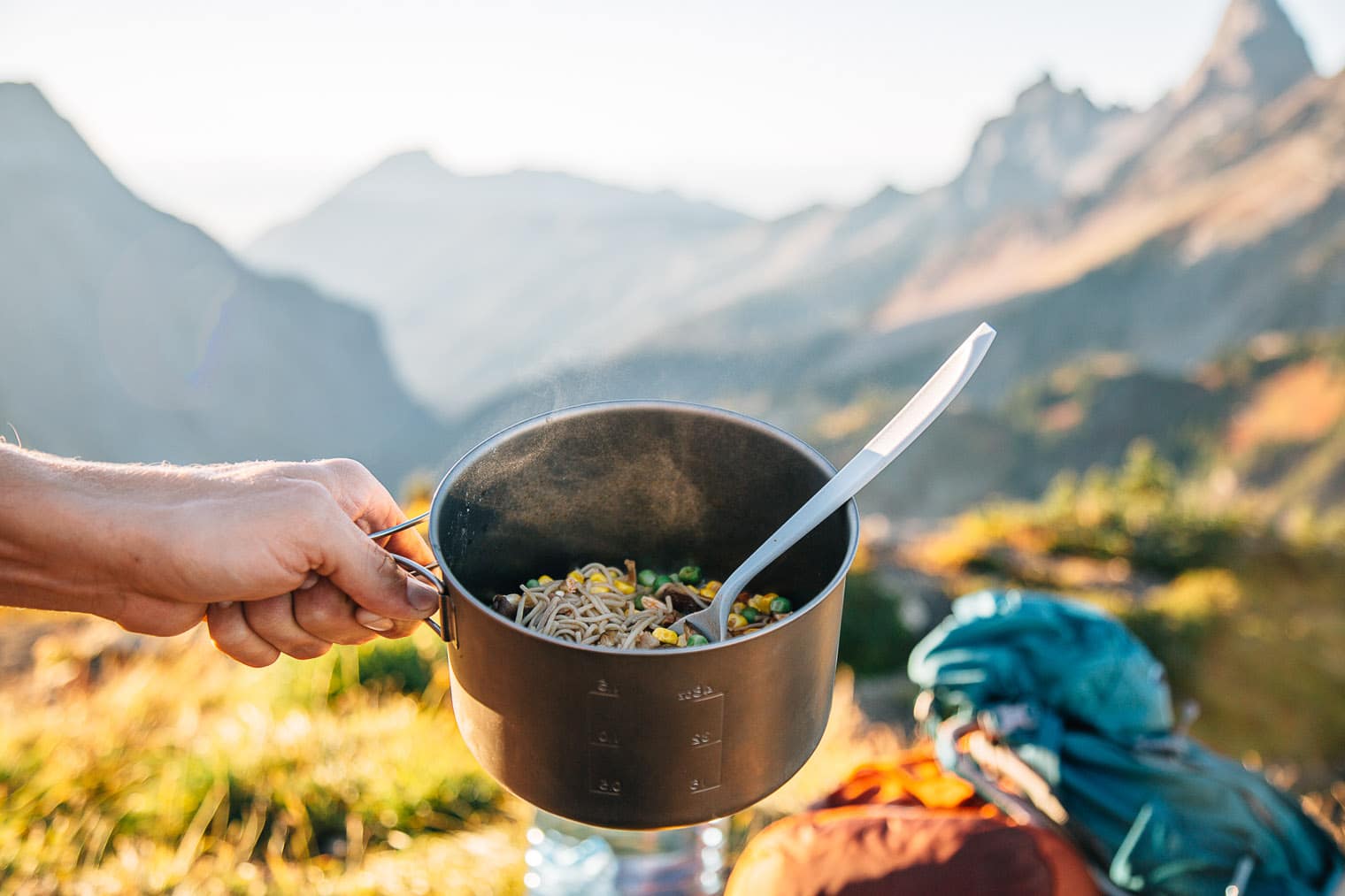Proper nutrition is the invisible fuel that powers every successful backpacking trip. While ultralight gear gets most of the attention, your food strategy can make or break a multi-day adventure. This comprehensive guide covers everything from calorie planning to dehydration techniques for creating delicious, lightweight trail meals.
Understanding Trail Nutrition Needs
Backpacking is physically demanding work. Most hikers burn between 4,000-6,000 calories per day on the trail, depending on terrain, pack weight, and individual metabolism. Understanding your body's needs is the first step toward effective meal planning.
Daily Calorie Requirements
For multi-day backpacking trips, aim for these daily nutritional targets:
- Calories: 4,000-6,000 depending on intensity
- Carbohydrates: 55-65% of total calories for energy
- Protein: 15-20% for muscle repair and recovery
- Fats: 20-30% for sustained energy and nutrient absorption
- Sodium: 3,000-5,000 mg to replace electrolytes lost through sweat
Meal Planning Strategy
Successful meal planning balances nutrition, weight, preparation time, and personal preferences. Here's a sample 3-day meal plan for a moderate backpacking trip:
Day 1
Day 2
Home Dehydration Techniques
Creating your own dehydrated meals saves money and allows complete control over ingredients. Here's the complete process from preparation to packaging:
Step-by-Step Dehydration Guide
Preparation
Cook meals as you normally would, but slightly undercook vegetables and use minimal oil. Chop ingredients into small, uniform pieces for even drying.
Dehydration
Spread food in thin layers on dehydrator trays. Most vegetables dry at 125°F (52°C), meats at 145°F (63°C), and fruits at 135°F (57°C).
Testing & Storage
Food should be brittle and snap when fully dehydrated. Store in airtight containers with oxygen absorbers for maximum shelf life.
Pro Rehydration Tip
Add a little extra water when rehydrating meals and let them sit longer than package instructions suggest. The extra time allows flavors to develop fully and ensures complete rehydration.
Lightweight Food Selection
Choosing the right foods is crucial for keeping pack weight manageable while meeting nutritional needs. Focus on high-calorie-density foods that provide maximum energy per ounce.
Best High-Calorie Foods
- Nuts and seeds: Almonds, walnuts, sunflower seeds
- Dried fruits: Dates, apricots, raisins, banana chips
- Oils: Olive oil, coconut oil (add to meals for extra calories)
- Cheese: Hard cheeses like parmesan last well without refrigeration
- Dehydrated meals: Commercial or homemade complete meals
Foods to Avoid
- Fresh produce: Heavy and perishable
- Canned goods: Extremely heavy due to water content
- Foods requiring refrigeration: Safety risk in warm weather
- Bulky snacks: Choose compact, dense options instead
Cooking Systems and Fuel Efficiency
Your cooking system directly impacts meal preparation and fuel requirements. Consider these factors when planning your food strategy:
Fuel-Saving Cooking Tips
- Soak dehydrated meals in cold water for 15-20 minutes before heating
- Use a windscreen to improve stove efficiency
- Choose meals with similar cooking times to minimize fuel use
- Consider no-cook options for some meals to save fuel weight
"The best backpacking meals are the ones you actually want to eat at the end of a long day. Don't sacrifice flavor and enjoyment for the sake of saving a few ounces—good food is worth its weight in morale."
Special Considerations
Different environments and trip types require adjustments to your food strategy:
Cold Weather Camping
In cold conditions, your body burns more calories to stay warm. Increase fat content for sustained energy and include warm, comforting meals. Consider bringing a thermos for hot drinks throughout the day.
Bear Country
In bear-populated areas, proper food storage is critical. Use bear canisters or proper hanging techniques. Avoid strongly scented foods and always cook away from your sleeping area.
International Travel
When backpacking abroad, research local food availability and customs. Sometimes it's more practical to purchase local ingredients than to carry everything from home.
Final Thoughts
Mastering backpacking nutrition transforms your outdoor experiences. With careful planning and the right techniques, you can enjoy delicious, nutritious meals that fuel your adventures without weighing you down.
Remember that food preferences are highly personal—test new recipes at home before taking them on the trail. The best food system is one that you'll actually enjoy eating day after day in the backcountry.
Back to All Articles